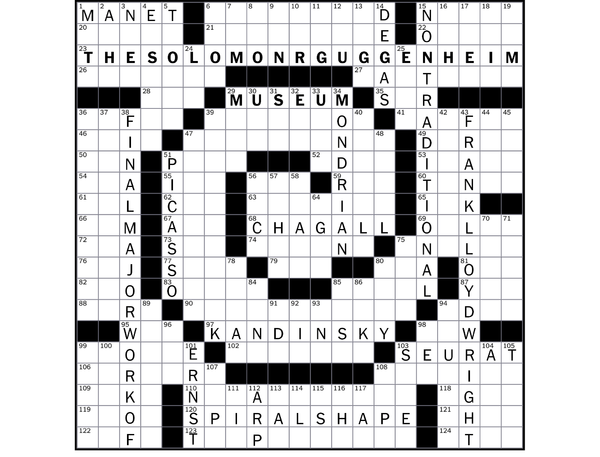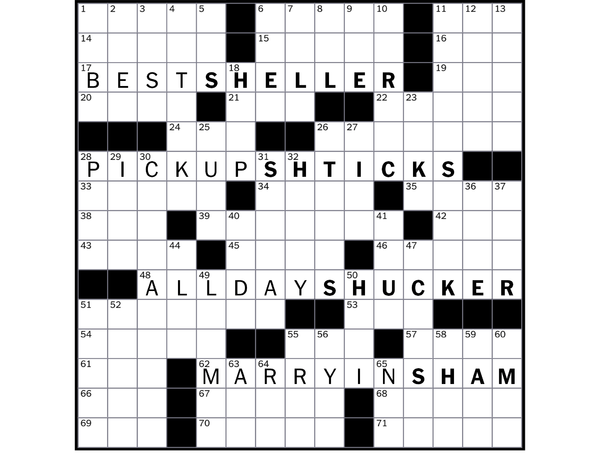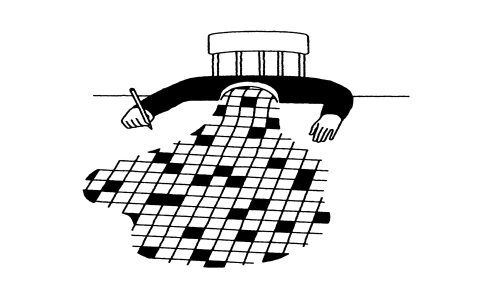So, I got this idea to mess around with the New York Times crossword puzzle, you know, just to see if I could crack it open a bit. Not really solve it, but more like, peek behind the curtain, see how it’s made. I’m no crossword expert, mind you, just a curious dude with some time on his hands.

First thing I did was grab a recent puzzle. Nothing fancy, just downloaded it from their website. It came as a .puz file, which, honestly, I had no clue what to do with at first. I mean, it’s not like you can just open it in Notepad or something.
After poking around online a bit, I found out that .puz files are a kind of standard for crosswords. There are tools out there to handle them, but I wanted to do things my own way. So I fired up my trusty Python and started trying to figure this thing out, without using any kind of special library.
I started by reading the .puz file in binary mode, raw data, no filters. I figured there had to be some kind of structure to it, some way to tell where the clues start, where the answers go, all that jazz. It was like looking at a big pile of scrambled letters, and I had to find the pattern.
I spent a good chunk of time just staring at the hex output of the file, trying to make sense of it. Slowly but surely, I started to see some familiar bits. I could spot the title of the puzzle, the author’s name, stuff like that. It was buried in there, hidden among all the other gibberish, you know?
Then, bingo! I found a part of the file that looked like it held the grid itself. It was a bunch of periods and letters, which made sense – periods for blank squares, letters for the answers. It wasn’t a one-to-one match with how the puzzle looks visually, but it was the grid, no doubt about it.
Once I figured out the grid, the clues were the next big hurdle. They were in there too, but it took me some more digging to find them. I eventually figured out that they were stored in order, across clues first, then down clues. It wasn’t obvious at first, but after a while, it clicked.
I wrote some Python code to extract the grid, the clues, all of it. It wasn’t pretty, but it worked. I could read the .puz file, pull out the important bits, and even display the grid in a basic way. I was pretty proud of myself, I gotta say.
Here’s what I did step-by-step:
- Opened the .puz file: Used Python to read the file in binary mode.
- Searched for header information: Found the title, author, and other metadata by looking for patterns in the raw data.
- Located the grid: Identified the section of the file containing the puzzle grid, which was represented by periods and letters.
- Extracted the clues: Figured out how the clues were stored and extracted them in order.
- Wrote code to display the data: Created a simple way to show the grid and clues, just to prove I could do it.
It was a fun little project. I learned a lot about how these crossword puzzles are put together. It’s not magic, just clever data structuring. I’m not saying I’m ready to create my own crosswords or anything, but at least now I have a better appreciation for the work that goes into them. And hey, maybe next time I’m stuck on a clue, I’ll remember a little bit of this and it’ll help me out. Who knows?

Anyway, that’s my story. Maybe not super exciting, but I hope someone out there finds it interesting. Just goes to show you, there’s always something new to learn, even in something as simple as a crossword puzzle. You just gotta be willing to dig in and get your hands dirty, even if you don’t use the fanciest tools, just raw Python.














